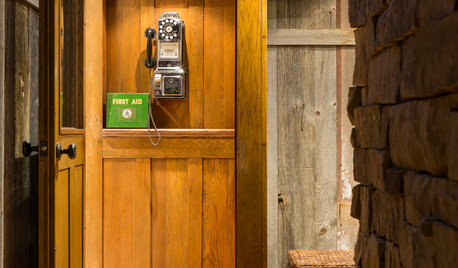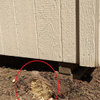Rapid chargers and NiCad life
jerry_nj
18 years ago
Related Stories

MOVINGRelocating Help: 8 Tips for a Happier Long-Distance Move
Trash bags, houseplants and a good cry all have their role when it comes to this major life change
Full Story
LIFEHow to Prepare for and Live With a Power Outage
When electricity loss puts food, water and heat in jeopardy, don't be in the dark about how to stay as safe and comfortable as possible
Full Story
VINTAGE STYLEDial Into Old Phones for Decor With Character
Give a nostalgic nod to the past with vintage telephones, working or not. Booths and sawdust optional.
Full Story
KITCHEN STORAGEStyle Your Open Kitchen Shelving Like a Pro
Follow these do’s and don’ts for arranging items on your kitchen shelves
Full Story
DECORATING GUIDESHow to Channel Your Inner New Bohemian
Creative and artsy, unique and layered, these looks lead to an inspiring lifestyle at home
Full Story
KITCHEN DESIGN9 Questions to Ask When Planning a Kitchen Pantry
Avoid blunders and get the storage space and layout you need by asking these questions before you begin
Full Story
HOUSEKEEPING7-Day Plan: Get a Spotless, Beautifully Organized Bedroom
Create a sanctuary where you can relax and dream without the nightmare of lurking messes
Full Story



castoff
jerry_njOriginal Author
Related Discussions
Rebuild Cordless Drill Batteries - Scam ?
Q
Those old NiCad rechargeable batteries
Q
Craftsman C3 19.2-Volt Lithium-Ion 3/8-in. Drill/Driver Kit
Q
Rechargable batteries...anyone use them?
Q
Baja_Buoy
hippy
jerry_njOriginal Author
davidandkasie
Don_
jerry_njOriginal Author
Baja_Buoy
jerry_njOriginal Author
jerry_njOriginal Author
goldenrule5
jerry_njOriginal Author
obio3
obio3
jerry_njOriginal Author
obio3
obio3
dave_danger
obio3
Baja_Buoy
jerry_njOriginal Author
rkcr123
genesii
jerry_njOriginal Author
poordirtfarmer
allen058
machiem
pinecreeknit